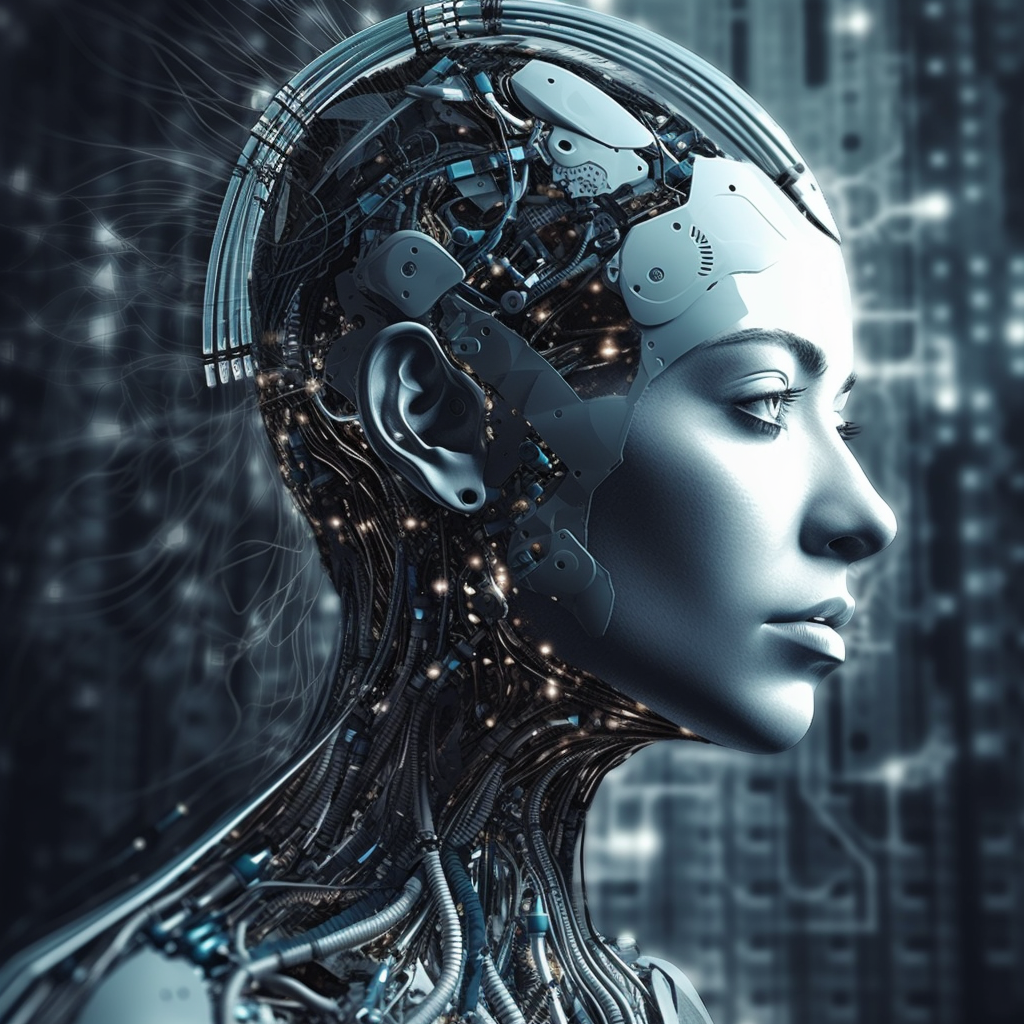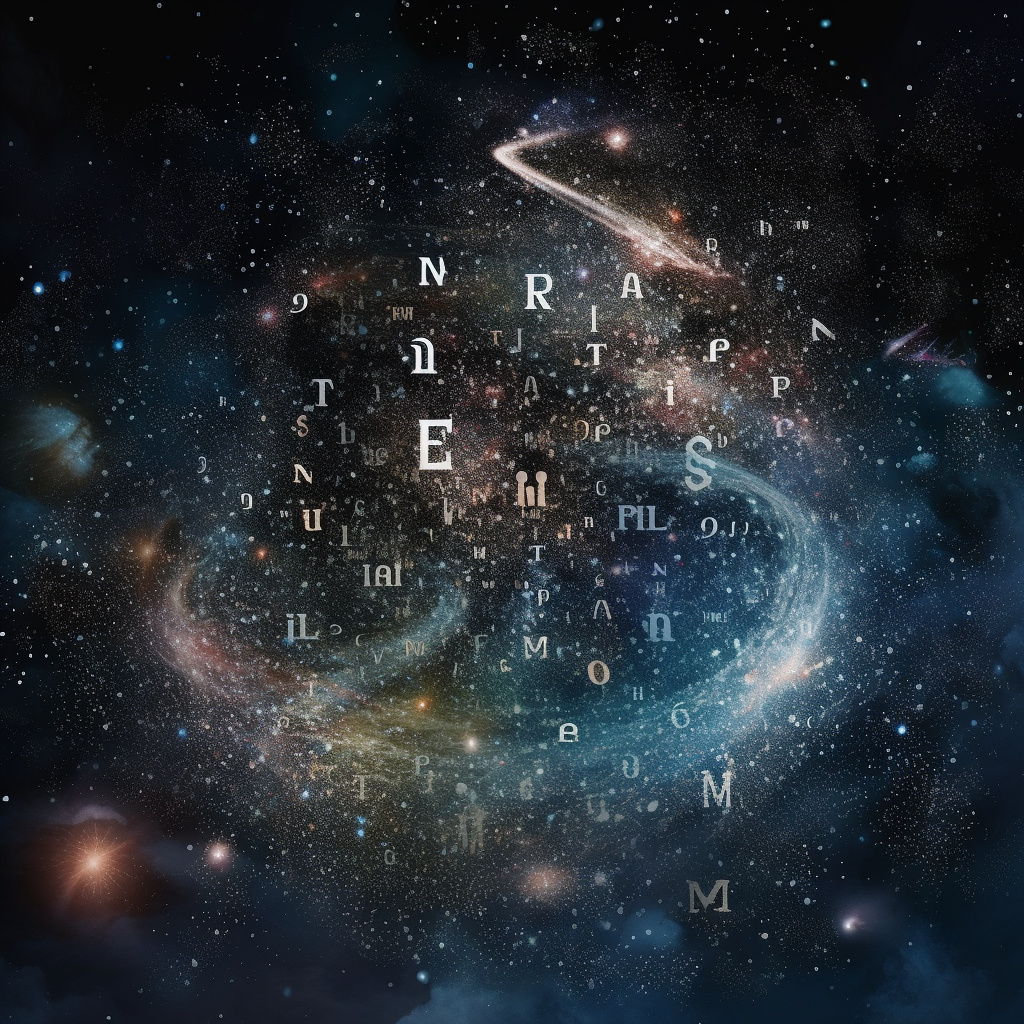
Introduction
Artificial Intelligence (AI) has become a significant part of our daily lives, influencing various industries and applications. However, understanding AI can be challenging for those unfamiliar with the jargon. This article aims to demystify AI by exploring 10 essential vocabulary words to help you grasp its concepts and applications better. Let’s dive in! This post will be updated constantly, so yes there are more than 10, but the definitions will be in batches of 10 for easy digestion!
Sure, here are 10 additional words that can be beneficial for anyone delving into the realm of AI:
1. Data Mining
Definition and Applications
Data Mining refers to the process of discovering patterns in large data sets involving methods at the intersection of machine learning, statistics, and database systems. It is used to extract valuable information from massive amounts of raw data, informing business strategies, decision-making, and predictive analyses.

2. Neural Network
Definition and Importance
A Neural Network is a series of algorithms that endeavors to recognize underlying relationships in a set of data through mimicking the way the human brain operates. They are fundamental for most advanced AI applications like deep learning.
3. Backpropagation
Definition and Role in Learning
Backpropagation, short for “backward propagation of errors,” is a method used in artificial neural networks to calculate the gradient that is needed in the calculation of the weights to be used in the network.
4. Overfitting and Underfitting
Definition and Impact on Model Performance
Overfitting occurs when a statistical model or machine learning algorithm captures the noise in the data. Underfitting occurs when a model or algorithm cannot capture the underlying trend of the data. Both situations lead to poor predictions and model performance.
5. Hyperparameters
Definition and Role in Model Tuning
Hyperparameters are parameters that are not learned from the data but set prior to the commencement of learning. They are used in model tuning and can significantly impact the learning process and the performance of a model.
6. Convolutional Neural Networks (CNNs)
Definition and Applications
CNNs are a type of artificial neural network typically used in image processing tasks, employing a variation of multilayer perceptrons designed to require minimal preprocessing.
7. Autoencoder
Definition and Use Cases
An Autoencoder is a type of artificial neural network used for learning efficient codings of input data, typically for the purpose of dimensionality reduction or denoising.
8. Swarm Intelligence
Definition and Importance
Swarm Intelligence is an AI technique based on the collective behavior of decentralized and self-organized systems, like the behavior of ants in a colony or birds in a flock. It’s used in optimizing complex problems and making systems more robust and scalable.

9. Robotics
Definition and Connection to AI
Robotics is a branch of technology dealing with the design, construction, operation, and application of robots. It often intersects with AI, as AI techniques are used to enable robots to perform tasks autonomously.
10. Computer Vision
Definition and Applications
Computer Vision is a field of AI that trains computers to interpret and understand the visual world. It’s used in applications such as image recognition, object detection, image generation, image super-resolution, and more.
Originally Updated April 29, 2023
1. Artificial Intelligence (AI)
Definition and Importance
Artificial Intelligence (AI) refers to the development of computer systems that can perform tasks typically requiring human intelligence, such as visual perception, speech recognition, decision-making, and language translation. As AI technology advances, its potential to streamline processes, improve decision-making, and enhance user experiences continues to grow.
2. Machine Learning (ML)

Definition and Applications
Machine Learning (ML) is a subset of AI that focuses on teaching computers to learn from data and improve their performance without explicit programming. ML algorithms analyze vast datasets to identify patterns, make predictions, and adapt their behavior accordingly. Applications include spam filtering, fraud detection, and recommendation systems.
3. Deep Learning (DL)
Definition and Neural Networks
Deep Learning (DL) is a subfield of ML that deals with artificial neural networks designed to mimic the structure and function of the human brain. These networks consist of multiple layers, each responsible for processing different aspects of the input data. DL has been successful in various applications, including image and speech recognition, natural language processing, and autonomous vehicles.
4. Natural Language Processing (NLP)

Definition and Use Cases
Natural Language Processing (NLP) is an AI discipline focused on enabling computers to understand, interpret, and generate human language. NLP techniques are used in various applications, such as sentiment analysis, chatbots, voice assistants, and machine translation.
5. Supervised Learning
Definition and Examples
Supervised Learning is a type of ML where algorithms are trained using labeled data, meaning each data point is paired with the correct output. The algorithm learns from this data and adjusts its parameters to minimize errors. Common examples of supervised learning include classification (e.g., spam detection) and regression (e.g., predicting housing prices).
6. Unsupervised Learning
Definition and Examples
Unsupervised Learning, in contrast to supervised learning, deals with algorithms that learn from unlabeled data. The goal is to identify underlying patterns or structures in the data without any prior knowledge of the correct output. Examples of unsupervised learning include clustering (e.g., customer segmentation) and dimensionality reduction (e.g., Principal Component Analysis).
7. Reinforcement Learning
Definition and Applications
Reinforcement Learning (RL) is an ML approach where an agent learns to make decisions by interacting with an environment and receiving feedback in the form of rewards or penalties. The agent’s objective is to maximize the cumulative reward over time. Applications of RL include robotics, game playing, and recommendation systems.
8. Generative Adversarial Networks (GANs)

Definition and Creative Applications
Generative Adversarial Networks (GANs) are a class of DL models consisting of two neural networks, a generator, and a discriminator. The generator creates fake data, while the discriminator evaluates whether the data is real or fake. The networks compete, leading the generator to produce increasingly realistic data. GANs have various creative applications, such as image synthesis, style transfer, and data augmentation.
9. Transfer Learning
Definition and Advantages
Transfer Learning is an ML technique that leverages pre-trained models as a starting point for training new models on a different but related task. By transferring knowledge from one task to another, transfer learning can save time, computational resources, and improve performance, especially when the new task has limited data.
10. Algorithm Bias
Definition and Ethical Considerations
Algorithm Bias refers to the presence of unfairness, prejudice, or discrimination in the output of an AI system. Bias can be introduced through various means, such as skewed training data or flawed algorithm design. Addressing algorithm bias is crucial to ensure ethical and fair AI deployment across diverse populations and applications.
Conclusion
Understanding these ten essential vocabulary words will help you better grasp AI concepts and their real-world implications. As AI continues to evolve and shape our world, it’s crucial to stay informed and engaged in the conversation surrounding this transformative technology.

Frequently Asked Questions (FAQs)
1. What is the difference between AI, ML, and DL?
AI is the overarching field of study focused on developing intelligent machines. ML is a subset of AI that deals with teaching computers to learn from data, while DL is a subfield of ML that focuses on artificial neural networks.
2. How do supervised and unsupervised learning differ?
Supervised learning involves training algorithms with labeled data (data with correct output), while unsupervised learning deals with unlabeled data, focusing on identifying underlying patterns or structures in the data.
3. What are some practical applications of AI?
AI applications include image and speech recognition, natural language processing, fraud detection, recommendation systems, robotics, and autonomous vehicles.
4. Why is addressing algorithm bias important?
Addressing algorithm bias is essential to ensure ethical and fair AI deployment, avoiding potential harm or discrimination against certain groups or individuals.
5. How does transfer learning benefit AI development?
Transfer learning allows for the reuse of pre-trained models, saving time, computational resources, and improving performance when the new task has limited data.
As you continue to explore the world of AI, it’s essential to stay updated on new developments, trends, and vocabulary. By understanding these ten AI terms and concepts, you’re well on your way to becoming more knowledgeable about AI and its potential impact on various aspects of our lives. Keep learning and engaging with this exciting field, and you’ll be better equipped to navigate the ever-evolving landscape of AI technology.
Learn more on Open AI.

